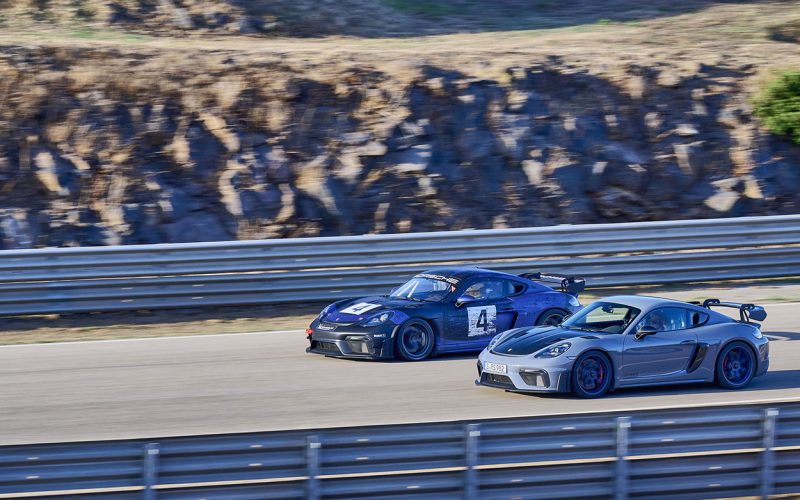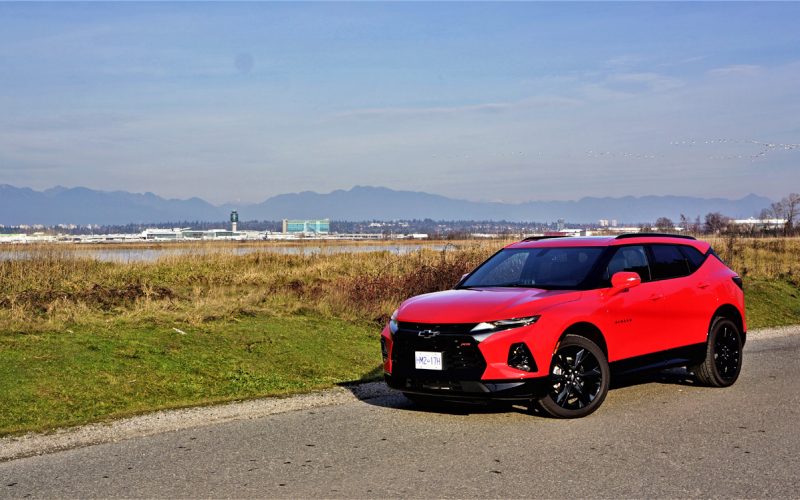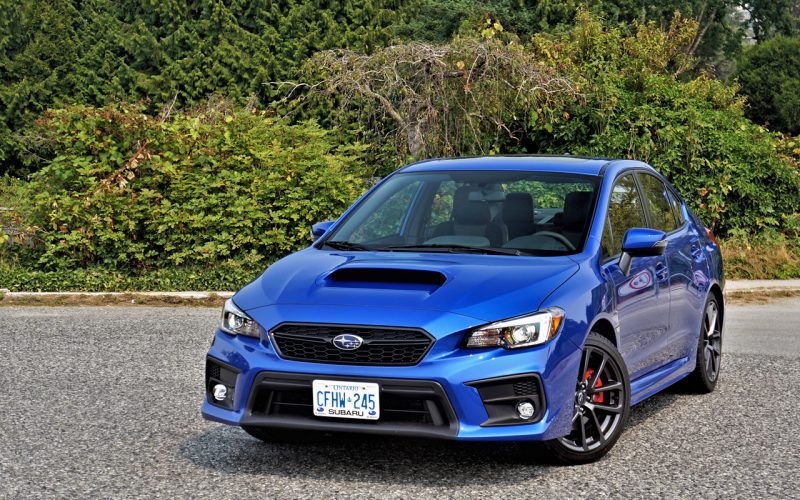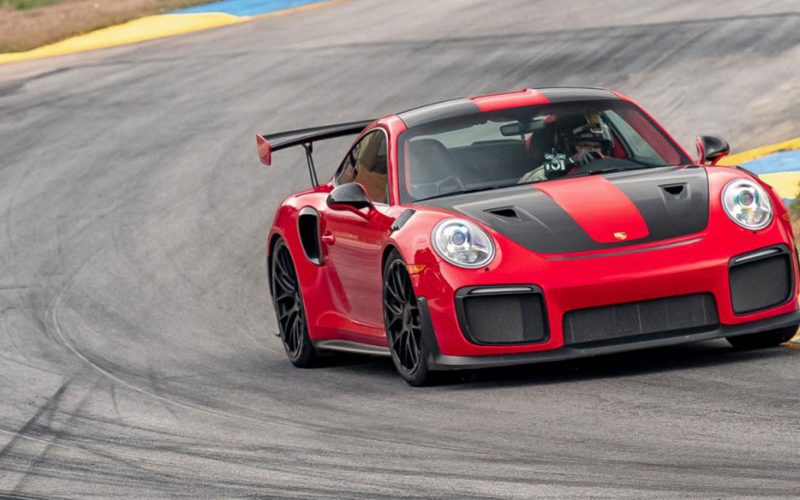
Reading Time: 3 minutesJust in case Porsche’s new 2022 718 Cayman GT4 RS isn’t intense enough for you, a

Reading Time: 8 minutesWhat do you get when you combine a Camaro and a Traverse? No, I wasn’t going

Reading Time: 14 minutesSo what do you think? Can the case be made for a person actually opting for

Reading Time: 4 minutesIt was just last fall that we reported on the sensational Porsche 911 GT2 RS MR
© 2025 The Car Magazine. All Rights Reserved, Privacy Policy | Terms of Use